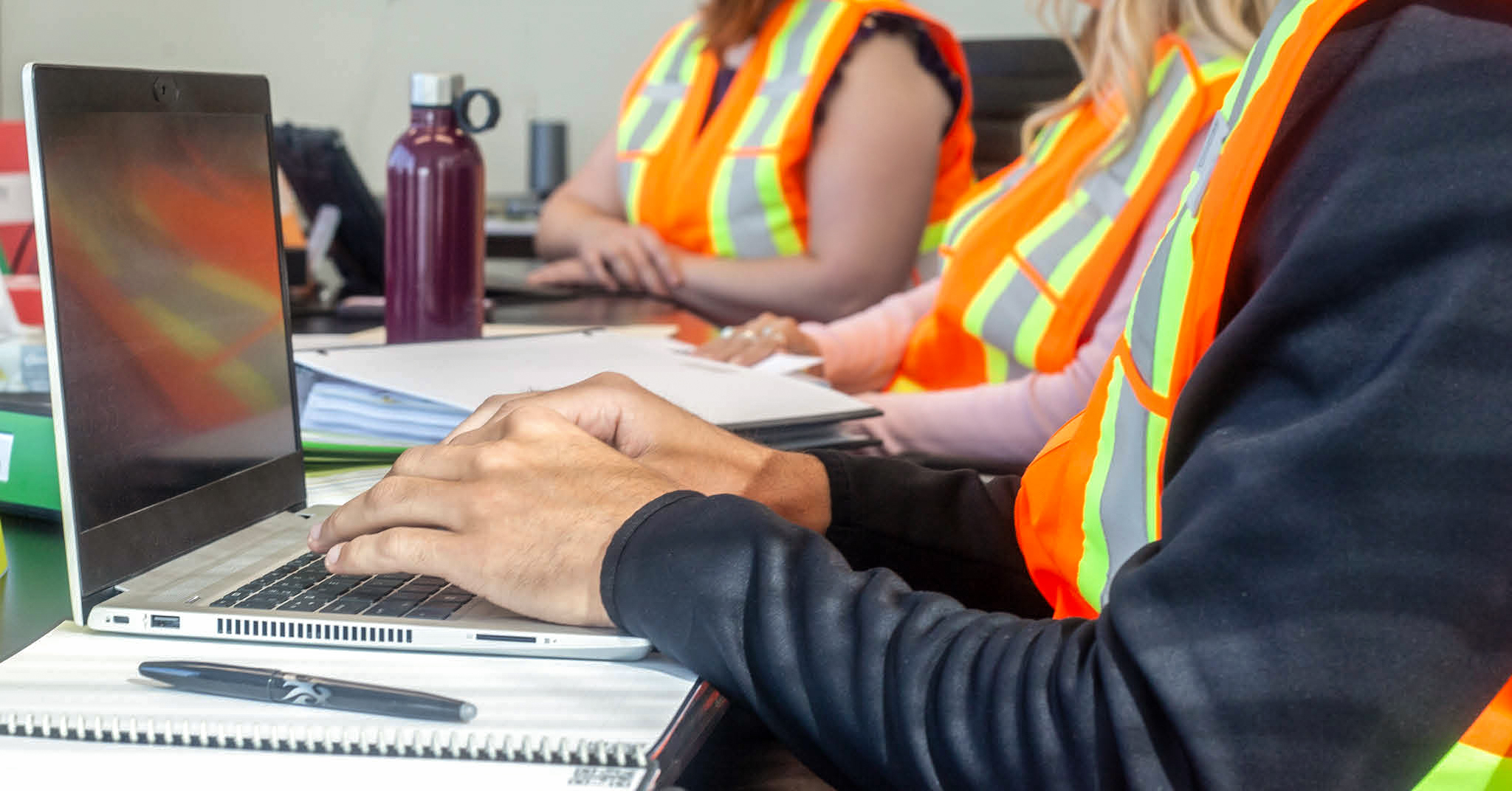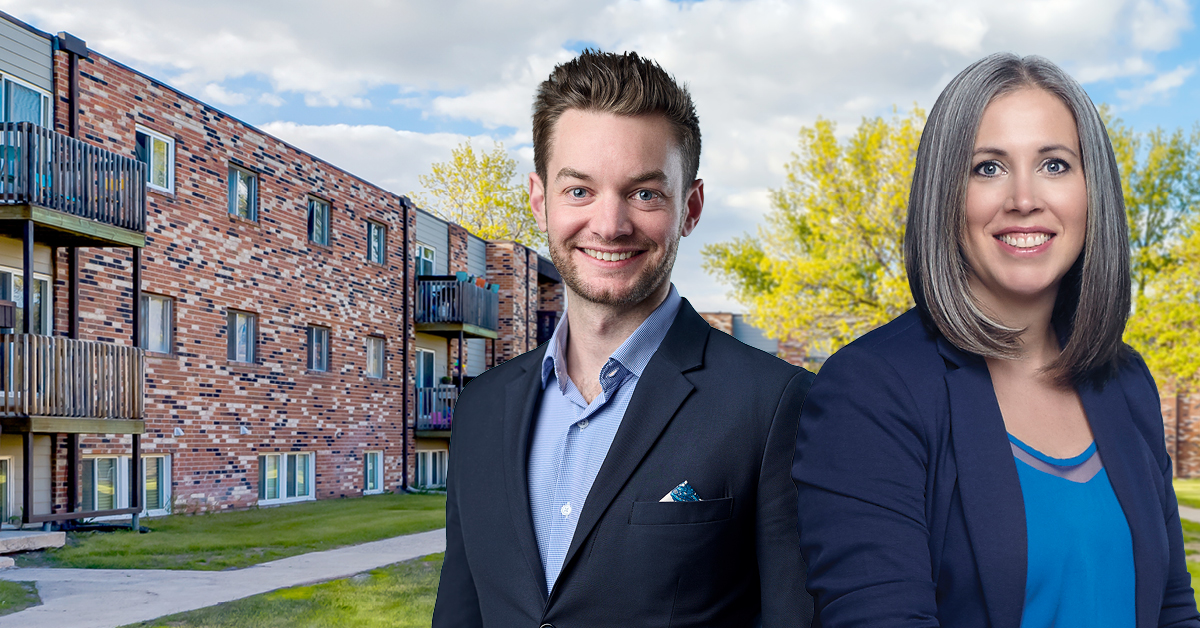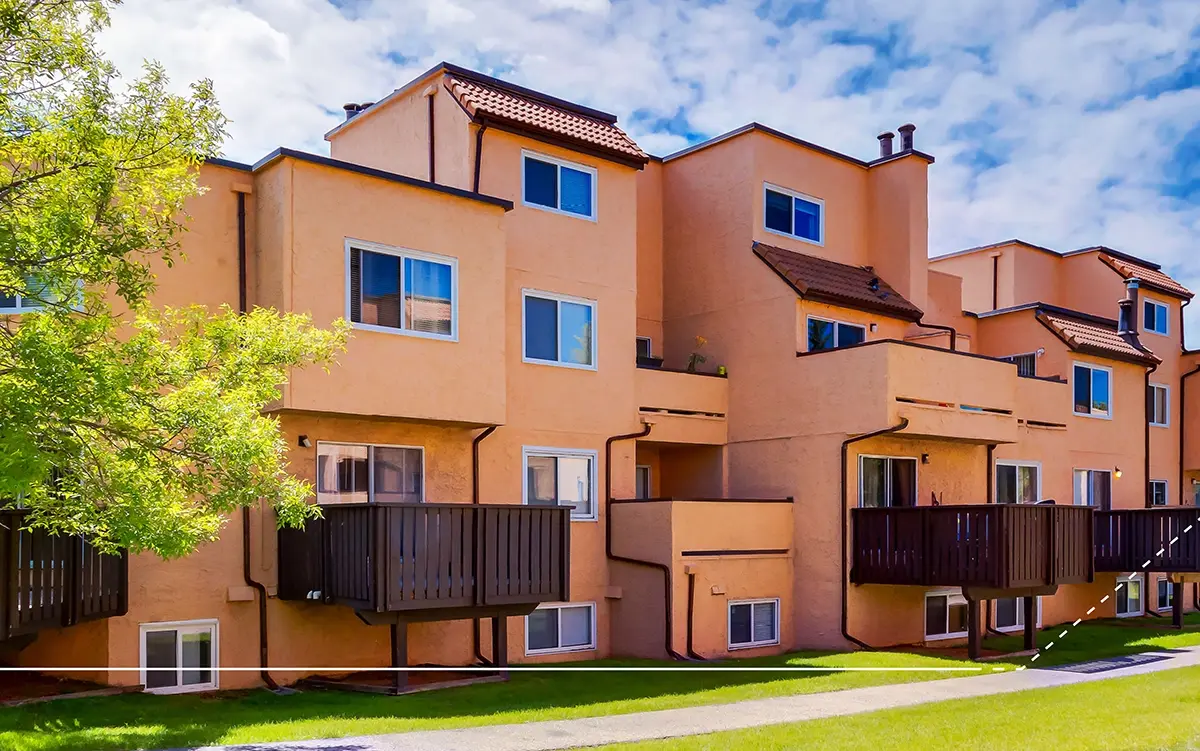A happy workplace is a productive workplace. But did you know that safety is a major contributor to employee satisfaction? Workplace injuries carry a significant impact, impacting tens of thousands of workers every year, affecting their families, co-workers, and communities. In 2022, Canada’s Worker’s Compensation Board (WCB) reported there were 4.33 injuries per 100 workers in Canada.
One of Avenue Living’s core values is “Duty of Care,” and while we often talk about it in relation to our residents, customers, and our investors, it also applies to our workforce. That duty manifests itself in creating an environment that seeks to minimize risks for every member of our team, whether they work in our offices or out in the field.
Safety is more than a set of policies and procedures, it’s part of an organization’s culture, and it flows from the top down.
“Safety is connected to everything,” says John Price, Senior Vice President Health, Safety, and Environment (HSE). “The better your safety culture, the more engaged your teams are. Studies show that organizations who have highly engaged employees can reduce safety-related incidents by up to 70 per cent.”
An article published by the Harvard School of Public Health notes that “engaged workers are more likely to be aware of their surroundings and best safety practices making them more likely to take steps to protect their co-workers.”
This engagement also has a ripple effect. “Everyone wants to feel that they’re valued,” says John. “It’s true that happy employees are the best employees. It’s a key ingredient in building the highest performing teams.”
In practical terms, facilitating safe work environments results in bottom-line benefits: reduced absenteeism, better employee retention, lower insurance costs (through reduced claims and a better safety record), and better overall performance. While there’s no way to eliminate risk completely, a positive safety culture increases trust throughout an organization — both with employees and their peers, and between employees and management, reducing disruptions to business.
Avenue Living’s Culture of Safety
“We’re focused on putting the tools for safety in people’s hands before they start work,” says John. Those tools include high-tech solutions but also plans and policies, training, and an organization-wide mindset that prioritizes everyone’s well-being. “Most workplace injuries are preventable when we’ve adequately equipped our teams with the knowledge, solutions, and planning necessary to carry out their jobs safely and effectively.”
We achieved our Safety Certificates of Recognition (COR) from the Alberta government starting in 2020, which requires third-party audits of safety practices, and we’ve implemented various technological tools to help keep our remote workers safe, track incidents, and monitor hazards. Software such as SitePhotos allows us to share visual records of maintenance jobs, and the ClearRisk application helps us track hazards and document risk mitigation. For lone workers, SolusGuard provides an extra layer of security via a panic button and app that prompts regular check-ins.
Always Moving Forward
But technology is only part of the story. A culture of safety ensures that everyone in the organization, from the top down, is committed to preventing incidents and putting barriers in place so when an incident occurs, no one gets hurt. Humans make errors and it’s important that, as a company, we work together to build capacity around these situations. “It’s how we grow and improve. There’s no better teacher of how to make work safer than those who perform the tasks,” says John.
Continuous improvement is a cornerstone of our organization, and we’ve taken a closer look at how our HSE team is structured and found a way to best serve the diverse needs of our different business units.
“We’re creating some bench strength and giving each team dedicated specialists,” says John, who notes that the restructuring was in response to hearing different business units’ needs. Now our self-storage, property management, and other areas have their own single point of contact with the safety team. This structure allows our safety specialists to develop deep knowledge of each business and work closely with the team to identify challenges and create solutions. This is key to a proactive safety culture.
Over the past year, we have also developed more robust emergency plans. For example, in March 2023, we launched an emergency response plan across the organization that outlines safety procedures for potential risks.
Across our organization, we’re developing a robust incident command system to help our teams manage emergencies such as extreme weather events. This system provides a platform for how we respond and recover from major events that affect our customers, teams, and assets.
Additionally, management performs regular site visits. “Being on-site is the best way for them to understand the safety requirements in our day-to-day operations,” says John. It also allows opportunities for the entire team to connect in person, strengthening trust and opening the lines of communication.
All these efforts serve to keep us — and the communities in which we work — safe. And they have an added benefit. As a customer-centric organization, taking care of each other allows us to focus on the thing that sets us apart: delivering superior service to our residents and customers across North America.
This commentary and the information contained herein are for educational and informational purposes only and do not constitute an offer to sell, or a solicitation of an offer to buy, any securities or related financial instruments. This article may contain forward-looking statements. Readers should refer to information contained on our website at https://avenuelivingam.wpenginepowered.com/forward-looking-statements for additional information regarding forward-looking statements and certain risks associated with them.


